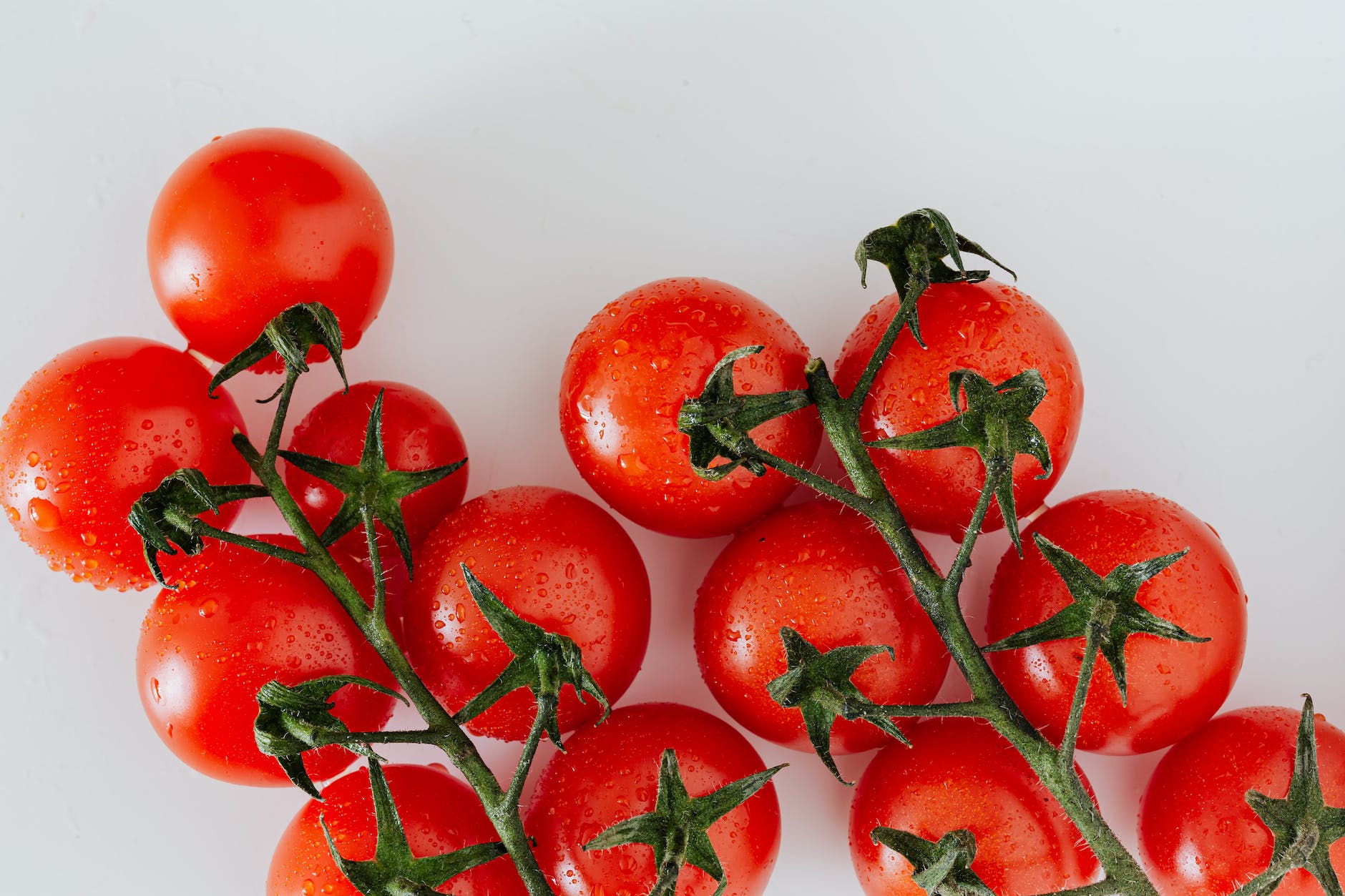Certainly, growing tomatoes can be a delightful and rewarding experience. Here’s a comprehensive guide with 14 detailed steps to help you successfully grow tomatoes in your garden:
Choose Tomato Varieties
- Begin by selecting tomato varieties that suit your taste and growing conditions.
- Consider factors like size (cherry, beefsteak, or plum), flavor (sweet or tangy), and growth habits (determinate or indeterminate).
- Get seeds for Tomato Varieties,
- Select tomato seeds or seedlings from local nurseries or online marketplaces like Amazon India.
- Purchase tomato seeds or seedlings from sources like Burpee or The Home Depot.
- Find tomato seeds or plants at local garden centers or online retailers such as Thompson & Morgan.
Determine Planting Time
- Know your local climate and frost dates.
- Tomatoes are typically planted outdoors after the last frost in the spring when the soil has warmed up.
- Check local frost dates
- Check local climate and planting guidelines for your specific region.
- Determine frost dates using resources like the Old Farmer’s Almanac.
- Find planting schedules suitable for the UK climate from resources like Gardeners’ World.
Prepare the Soil
- Tomatoes thrive in well-draining, fertile soil.
- Test your soil’s pH (ideally between 6.0 and 6.8) and amend it with organic matter like compost to improve fertility and structure.
- Purchase organic compost or garden soil from local nurseries or online marketplaces.
- Buy soil amendments from garden centers like Lowe’s.
- Find soil enrichments at garden centers or online stores like Garden Trading.
Choose a Sunny Spot
- Select a sunny location in your garden that receives at least 6-8 hours of direct sunlight daily. Tomatoes are sun-loving plants.
Plant Seeds or Seedlings
- Decide whether to start from seeds or purchase seedlings. If starting from seeds, sow them indoors 6-8 weeks before the last expected frost.
- Transplant seedlings when they have two sets of true leaves.
Proper Spacing
- Space tomato plants 18-24 inches apart in rows with 36-48 inches between rows.
- Proper spacing allows for good air circulation and minimizes disease risk.
- Space tomato plants 18-24 inches apart.
- Get planting guides for spacing at Gardening Know How.
- Refer to UK-specific spacing guidelines from RHS.
Add Mulch
- Apply a layer of organic mulch, such as straw or wood chips, around the base of the plants. Mulch conserves moisture, suppresses weeds, and maintains soil temperature.
- Purchase organic mulch from local garden centers or online marketplaces like Amazon India.
- Find mulching options at stores like The Home Depot.
- Explore mulch choices at local garden centers or online stores like Primrose.
Water Consistently
- Tomatoes need regular, consistent watering to prevent stress and blossom-end rot.
- Water deeply, aiming for 1-2 inches per week, depending on weather conditions.,
- Refer below products from amazon,

Fertilize Appropriately
- Use a balanced fertilizer or compost before planting.
- Additional fertilizer may be needed during the growing season. Follow package instructions and avoid over-fertilizing.
- Purchase a balanced tomato fertilizer from local garden centers or online marketplaces Amazon India.
- Buy suitable fertilizers at garden centers or stores like Gardeners.com.
- Explore fertilizer options at local garden centers or online shops like GardenSite.
- Our Recommended product for boosting tomato yield,

Prune Suckers
- For indeterminate varieties, prune suckers (new growth between main stems and branches) to improve air circulation and focus plant energy on fruit production.
Stake or Support Plants
- Install stakes, cages, or trellises to support indeterminate varieties as they grow. This prevents sprawling, reduces disease risk, and keeps fruit off the ground.
Monitor for Pests and Diseases
- Regularly inspect your tomato plants for signs of pests (e.g., aphids, hornworms) and diseases (e.g., blight, wilt).
- Use natural pest control methods whenever possible and consider organic pesticides if needed.
- Use Neem oil for pest control on Tomato plant

Provide Proper Care
- Maintain the health of your tomato plants by watering consistently, applying mulch, and addressing issues promptly.
- Prune as needed to remove diseased or damaged foliage.

Harvest at the Right Time
- Harvest tomatoes when they reach their mature color and are slightly firm to the touch.
- Gently twist or cut the fruit from the stem to avoid damaging the plant.
By following these 14 detailed steps, you can nurture healthy tomato plants and enjoy a bountiful harvest of delicious, homegrown tomatoes. Gardening can be a learning process, so don’t be discouraged by challenges. Each season brings valuable experience to improve your tomato-growing skills.



